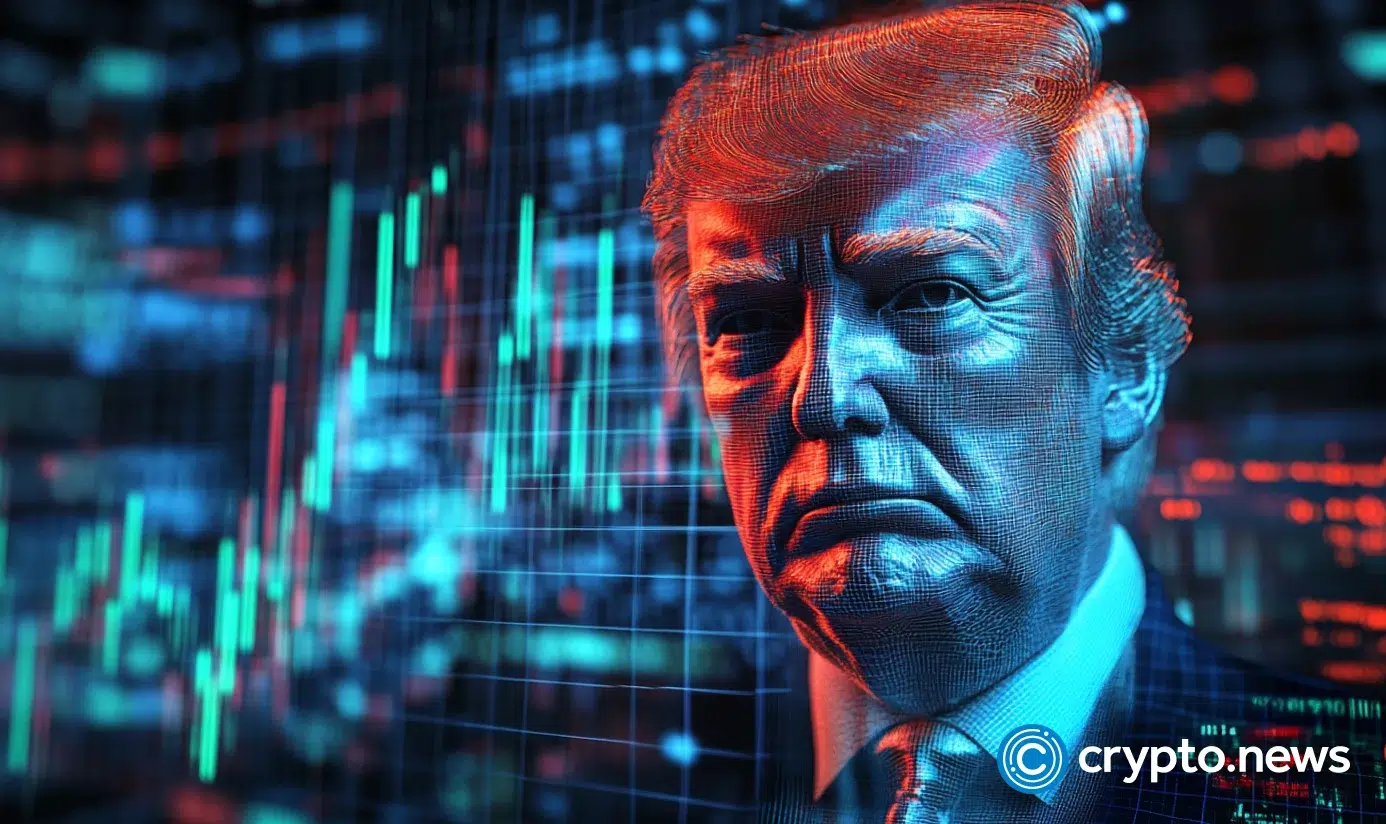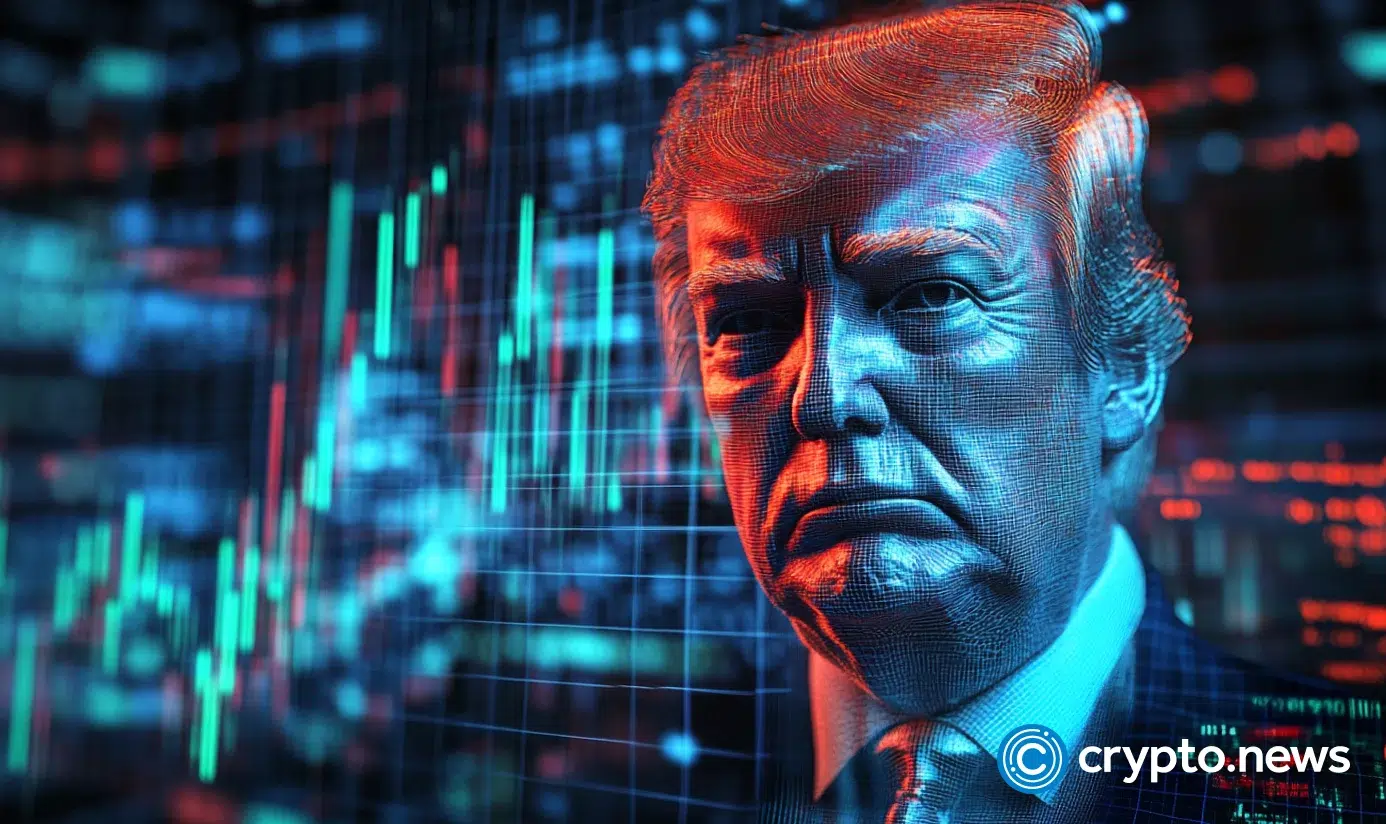
Donald Trump’s latest round of tariffs, announced on “Liberation Day,” has generated uncertainty across global markets. Crypto experts wrote to crypto.news sharing their opinions.
Some analysts fear an economic fallout, but crypto industry leaders see short-term disruption and long-term opportunities in the move.
The tariffs target major U.S. trade partners, applying levies on imports to pressure negotiations. Trump’s approach mirrors his past trade policies — using economic tension to secure favorable terms for the U.S. economy.
Trump’s proposed baseline 10% tariff would position the U.S. among the highest-tariff developed economies, alongside countries like Argentina (11.4%) and Brazil (12.1%).
Before this announcement, U.S. tariff rates averaged 3.4% in 2024, significantly lower than the global weighted average of 8.6%. By comparison, China’s average tariff rate stood at 7.3%, while the European Union maintained an average tariff rate of 5.1%.
Market reaction and crypto’s position
Mateusz Kara, CEO and co-founder of Ari10, believes the real issue isn’t the tariffs themselves but the uncertainty they create.
“Personally, I think we should not worry about the tariffs that Donald Trump intends to introduce. Why? The markets are waiting for an element of certainty – they want to know what tariffs will be imposed and in what amounts. Then they will price the tariffs – there will either be short-term declines or immediate increases,” he said in a note.
Kara emphasized that the uncertainty surrounding Trump’s actions has had a greater impact on markets than the tariffs themselves. He also sees a strategic element to Trump’s playbook.
“Trump will continue to ‘play’ with tariffs – he will use tariffs to negotiate trade terms, but in practice this may mean lowering tariffs. Simply put, like a good negotiator, Trump will start with high tariffs, only to lower them later in exchange for favourable terms for the US,” Kara added.
Deliberate and ‘classic’ business strategy
Gus van Rijckevorsel, CEO of Ultra, suggests Trump’s aggressive approach is a calculated strategy meant to create instability before seeking new trade deals.
“Liberation Day is Trump’s attempt to utilise classic business techniques on global trade markets,” the CEO said in a note. “He is trying to shake U.S. trade partners to the max and generate as much stress as possible before he’s willing to come back to the table to negotiate. It’s a nasty way of doing business, but it’s effective if you can control your collateral.”
Van Rijckevorsel anticipates continued volatility in the coming months but notes that Trump will likely ease some of the pressure and “will need to” negotiate new deals. Trump is akin to a “firefighter, putting out the fires of his own making.”
Despite the near-term instability, van Rijckevorsel sees a potential silver lining for the crypto industry. He added:
“For wider institutional adoption, the crypto markets need to experience stresses so institutions can understand how they perform under intense pressure. However, we’re starting to see positive indicators that the market is moving in the right direction.”
Trump’s tariffs and the U.S. dollar’s Role
Marcin Kazmierczak, co-founder and COO of RedStone, explored how the new tariffs could impact the global position of the U.S. dollar.
He explained that aggressive tariff policies often have mixed effects, initially strengthening the dollar as investors seek safe-haven assets amid uncertainty.
“Longer-term impacts could potentially challenge dollar dominance if major trading partners reduce dollar holdings in response, alternative settlement currencies gain traction for international trade, or the resulting inflation erodes confidence in dollar stability.” – Marcin Kazmierczak
For crypto markets, Kazmierczak sees a more nuanced path forward. Protectionist policies that hold the power to weaken the dollar’s hegemony “could accelerate interest in decentralized alternatives” over time, Kazmierczak said.
Trump’s appeal to the ‘worst side’ of crypto
As markets digest Trump’s latest trade measures, crypto remains a sector to watch. Rijckevorsel pointed to Trump’s influence on the speculative side of crypto.
“Trump appeals to the worst sides of the crypto market,” he wrote. “He has been perpetuating market immaturity by saturating it with tokens that hold no inherent utility, all in the name of a quick buck.”
However, he argues that this speculative wave is now shifting toward more sustainable models. Notably, “memecoin fatigue” is acting as a catalyst to “clean up all the fake tokens” and shift attention towards assets that “concentrate on real value/utility.”
While short-term volatility is expected, experts like Kara, van Rijckevorsel, and Kazmierczak suggest that the crypto industry could emerge stronger — with more mature trading dynamics and a renewed focus on utility-driven assets.









Leave feedback about this